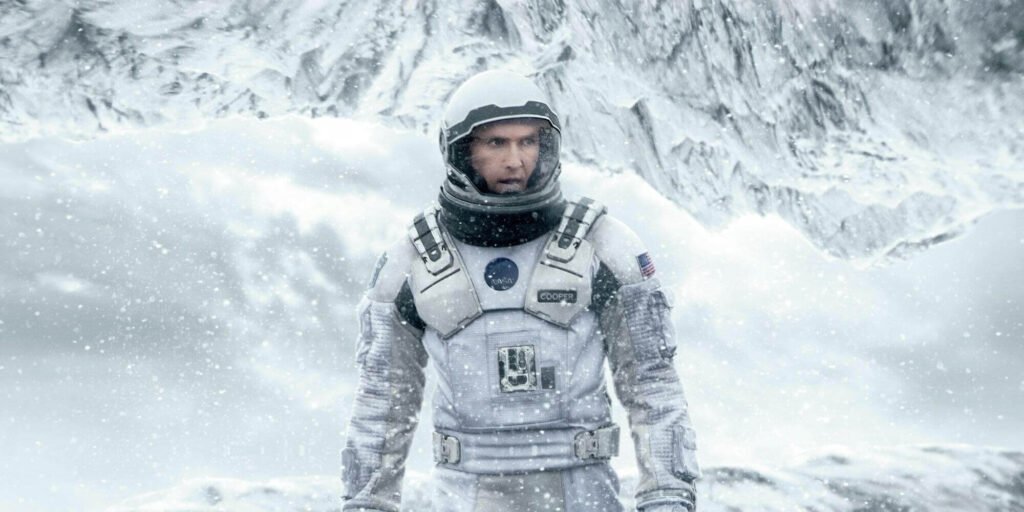In the movie “Interstellar,” the future of humanity’s survival is depicted as a challenging journey. Earth is facing a severe environmental crisis, with crops failing and dust storms making life difficult, which forces humans to look for a new home in space. This dire situation leads to a desperate mission to travel through a wormhole in search of a habitable planet where humanity can start anew.
The story follows a team of astronauts, including Joseph Cooper and Dr. Amelia Brand, who embark on this perilous journey to ensure the survival of the human species. They carry with them 5,000 frozen embryos, which are meant to be the foundation of a new human colony on a distant planet. Along the way, they encounter various obstacles, including time dilation effects near a massive black hole, which significantly alter their perception of time compared to those back on Earth.
Ultimately, the film suggests that humanity’s survival is not just about finding a new physical home but also about understanding and manipulating the fabric of space and time. The movie introduces the concept of advanced humans from the future who may have influenced past events, including the environmental crisis on Earth, to ensure their own existence. This complex narrative explores themes of hope, resilience, and the human spirit’s ability to adapt and evolve in the face of adversity.
The ending of the movie offers a hopeful vision of humanity’s future, as Cooper’s mission helps pave the way for a new generation of humans to thrive on a distant planet. This outcome underscores the idea that even in the darkest of times, humanity can find a way to survive and flourish, driven by love, determination, and the pursuit of knowledge.
